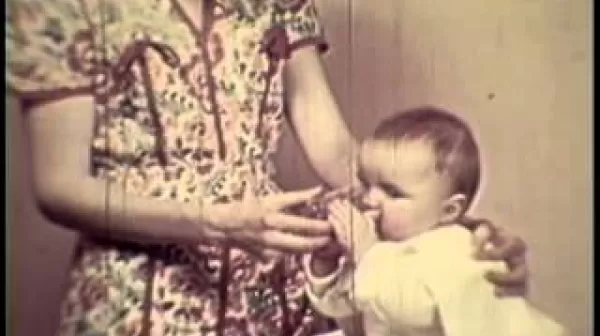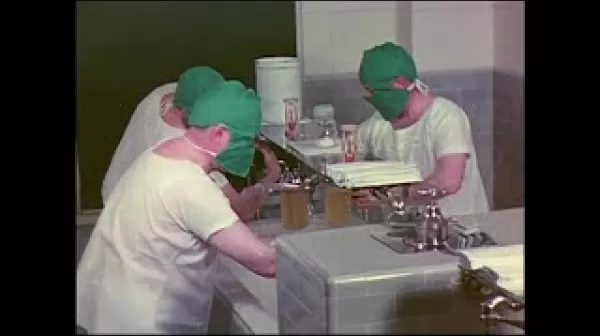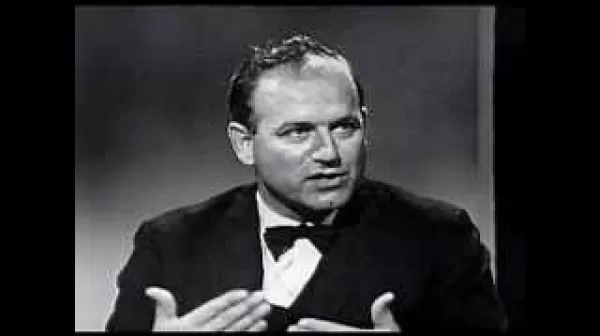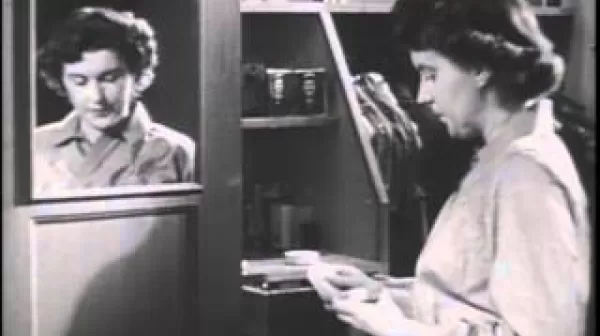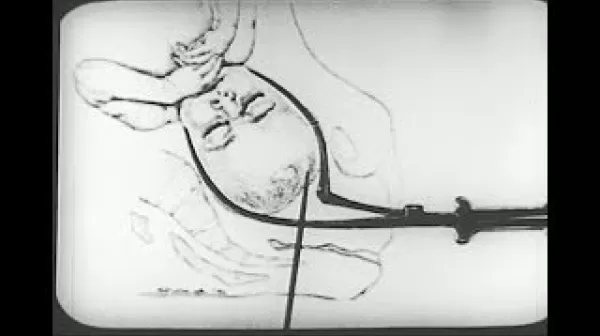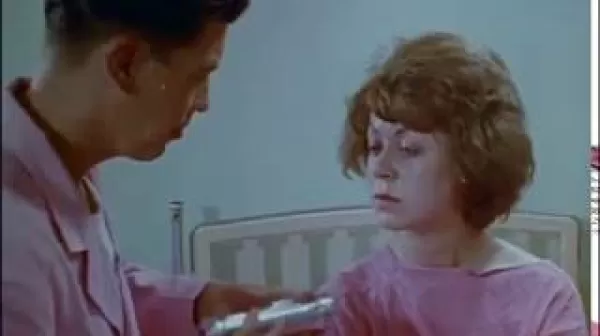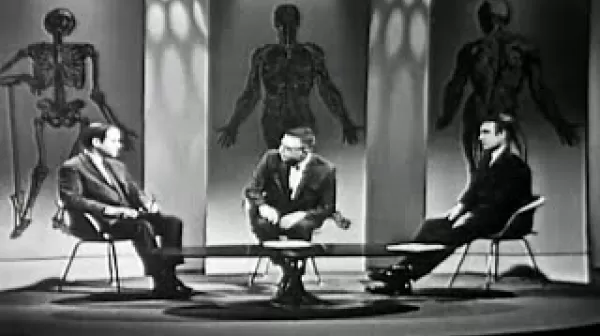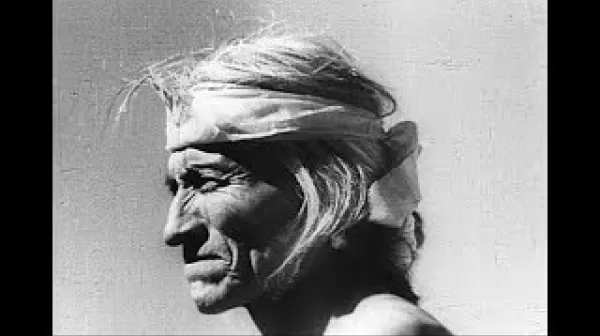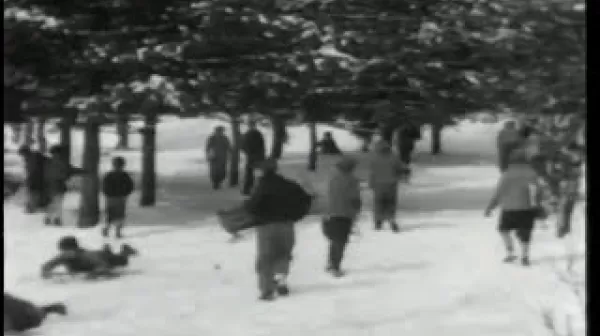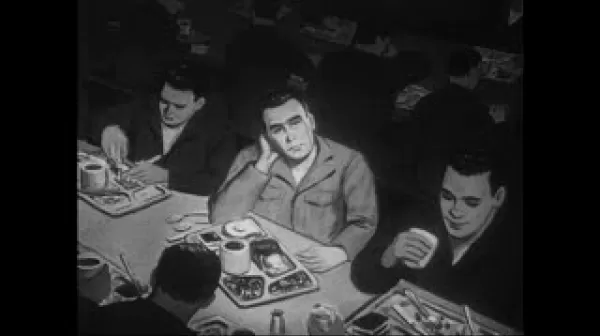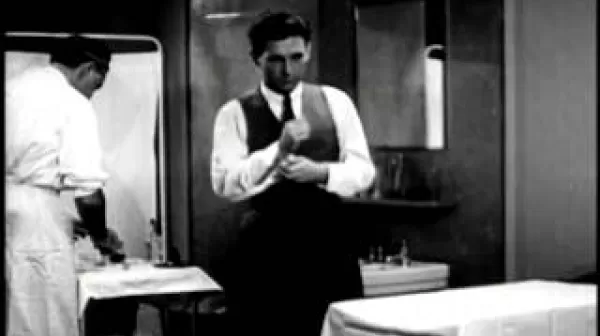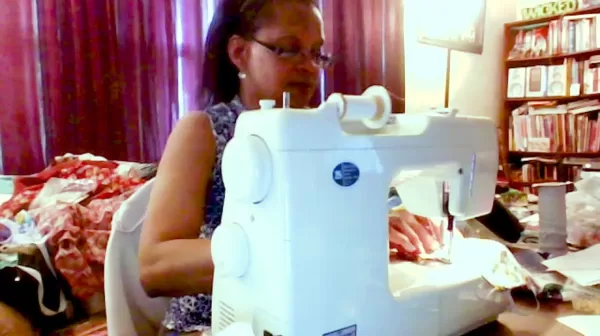Clocking a Champion (New York State Dept of Health, 1939)
This film documents the daily routine of a normal, healthy infant in a white middle-class household in pre-World War II America. The baby's routine, almost hour-by-hour, is shown--feeding, napping, outdoor time, the process of sterilization of formula, dinner, and the short time he sees his father at the end of the day. In depicting the baby's routine, the film also illustrates the daily responsibilities of the mother--housekeeping, laundry, food preparation, and the like. Produced by New York State Department of Health.

